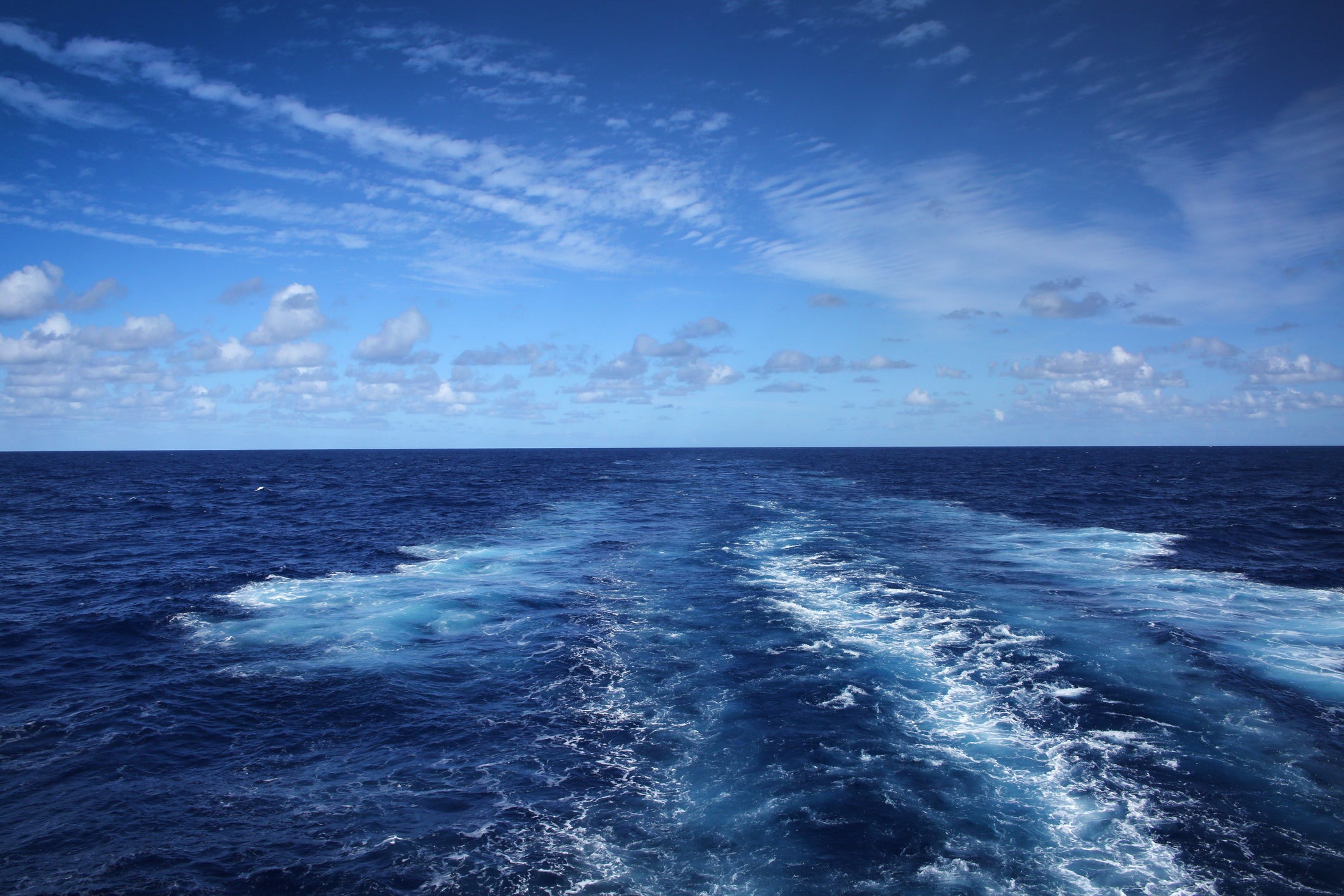Marine life under threat as up to 95% of ocean surface climates may disappear by 2100, scientists warn
Marine species will be forced to adapt to disappearing ocean surface climates or die.

Up to 95% of 20th-century ocean surface climates may disappear by 2100, scientists warn.
Vast swathes of ocean surface climates – defined by surface water temperature, pH and the concentration of the mineral aragonite – could be wiped out depending on how greenhouse gas emissions develop in the first half of the 21st century, according to a study published in Scientific Reports.
The findings also suggest that between 10.3% and 82% of the global ocean may experience surface climates that have not existed before.
The authors of the study conclude that while some marine species currently keep pace with changing ocean climates by dispersing to new habitats, this may no longer be possible if existing ocean climates disappear, forcing species to either adapt rapidly or disappear.
Ocean currents act like a conveyor belt, transporting warm water toward the poles and cold water from the poles back to the tropics. Thus, ocean currents regulate global climate, helping to counteract the uneven distribution of solar radiation reaching the planet’s surface.
Katie Lotterhos and colleagues modelled ocean climates globally for three time periods: the early 19th century (1795–1834), the late 20th century (1965–2004) and the late 21st century (2065–2104).
The team compared these modelled climates across various locations using two emission scenarios, RCP 4.5 and RCP 8.5. Under these scenarios the volume of greenhouse gases emitted during the 21st century either peaks in 2050 followed by a slowed increase, or peaks in 2100 followed by a slowed increase, respectively.
Through their comparisons, the authors were able to show which ocean climates from the 19th and 20th centuries may no longer be found in the 21st century (disappearance), and climates that may emerge in the 21st century which did not exist in the 18th and 20th centuries (novel climates).
The authors showed that while ocean climates did not change significantly between the 19th and 20th centuries, by 2100, 10% to 82% of the ocean surface may experience new climates with higher temperatures, more acidic pH, and lower saturation of aragonite, a mineral which corals and other marine organisms use to form shells.
Under the RCP 4.5 scenario, 35.6% of surface ocean climates may disappear by 2100, which rises to up to 95% under the RCP 8.5 scenario.
Subscribe to Independent Premium to bookmark this article
Want to bookmark your favourite articles and stories to read or reference later? Start your Independent Premium subscription today.

Join our commenting forum
Join thought-provoking conversations, follow other Independent readers and see their replies